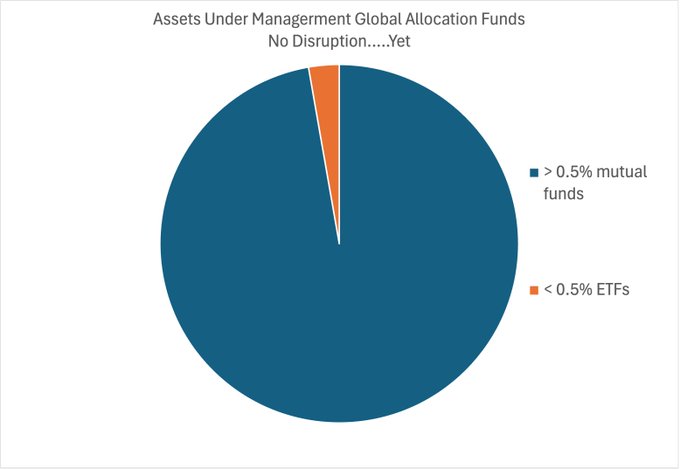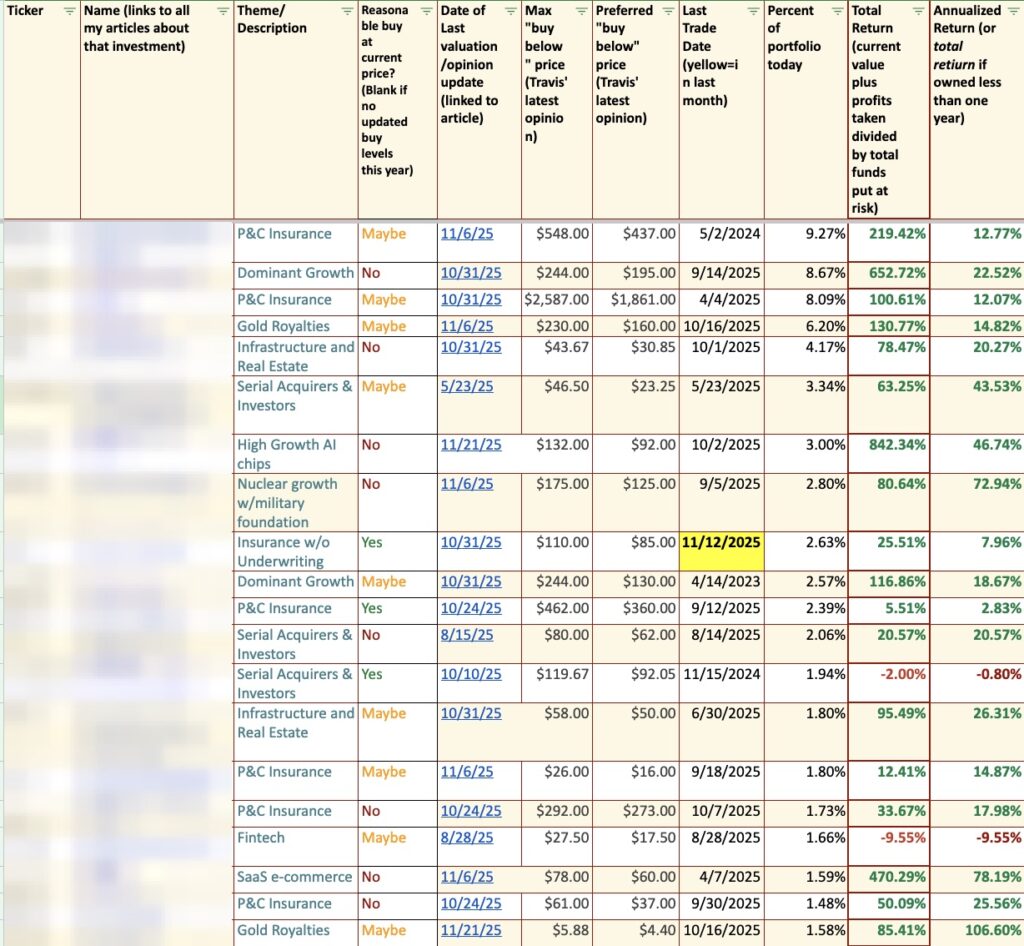gerenme
I had expected some “muddle through” performance from Columbus McKinnon (NASDAQ:CMCO) in 2023 given pressures on volumes from reduced/deferred capex from many industrial end-markets. While the business has held up reasonably well even in the face of meaningful volume challenges, the shares have indeed lagged this year – declining about 10% since my last update and underperforming the broader industrial space.
I do still seem end-user demand risk for the company, but I also see ongoing opportunities for Columbus McKinnon to benefit not only from external drivers like growing adoption of factory automation and reshoring of manufacturing, but also internal drivers like business simplification and bolt-on M&A. Provided that mid-single-digit revenue growth, low double-digit EBIT margins, and high single-digit free cash flow margins climbing to double-digits over time are all valid assumptions, these shares look undervalued below the mid-$40’s.
Slower Spending In The Near-Term, But Ongoing Long-Term Opportunities
Capital spending has been mixed and more than a little confusing throughout 2023, with many companies seeing weaker orders and relying heavily on pricing to drive organic growth, but with many companies also still describing relatively healthy end-user demand. Likewise, there has been a lot of heterogeneity among specific end-markets, with e-commerce/warehouse automation notably weak, life sciences slowing considerably, and chemicals and metals likewise softening, but stronger results in areas like auto assembly, food/beverage, and oil/gas.
Specific to Columbus McKinnon, the company has continued to underperform industrial production in recent quarters, with roughly 700bp gaps between U.S. volumes and U.S. industrial production in the last two quarters. With that, waning benefits from pricing have been driving more of the growth.
Looking at the near term, I don’t expect warehouse and logistics automation to be much of a positive driver. A variety of companies (including Cognex (CGNX), Honeywell (HON), Jungheinrich ( Rockwell (ROK)) have seen similar weakness here, as Amazon (AMZN) has pulled back aggressively on capex and new facility construction and other major e-commerce players have likewise transitioned to a period of “digesting” prior investments. Something similar is taking place in life sciences, as companies have been spending aggressively in recent years to expand their production capacity (particularly for biologics), and most recently there have been some reports of pushouts/delays in semiconductor capex plans.
At this point, though, the overall tenor of CMCO’s end markets has remained more positive than I expected. I do still see risks in areas like machinery and heavy equipment in 2024, but auto OEMs continue to spend on upgrading their assembly capabilities (for EV and battery production/assembly), oil/gas activity remains strong, investments in areas like rail remain healthy, and aerospace continues to expand production.
In the short term, I expect Columbus McKinnon to see a few more soft quarters before capex spending picks up (with the election in 2024 likely being an important gating event). Longer term, though, ongoing investments into automation should support mid-single-digit growth for the company, further boosted by drivers like the reshoring of manufacturing and the growth in specific end-markets like life sciences and semiconductors.
Continuing To Refine And Upgrade The Business
Columbus McKinnon has significantly restructured its business over the years, simplifying and consolidating its product offerings, redesigning products to use more common platforms/components, and creating a smaller number of stronger brands under its roof. The company has likewise devoted more resources to making its products smarter and more interconnected, including more advanced sensing capabilities that enable functionality like load sensing and remote monitoring.
Management has also continued to look to M&A to upgrade its offerings. The most recent deal was the $124M (including earn-out) acquisition of Europe’s monatratec. This company focuses on monorail-based asynchronous transport systems (basically, conveyors that use a rail system) that are used in a range of industries, but most particularly in auto/battery assembly, semiconductor manufacturing, and life sciences.
The primary markets of monatratec are all growth opportunities for Columbus McKinnon and areas where management has talked about wanting to boost its portfolio and addressable market opportunities. Battery and EV assembly offer more automation steps than traditional auto assembly and capacity will have to continue to grow to meet the various government targets for emission reduction and electrification over the next decade.
Likewise, while the current spending environments in the life science and semiconductor markets aren’t necessarily great, strong underlying demand will continue to drive production capacity growth over the next decade (and beyond), with many companies taking advantage of new capacity expansion projects as a way to incorporate more automation into their manufacturing and logistics systems (retrofitting automation can be highly disruptive, so many companies prefer to focus on automating new plants and then closing/retrofitting less advanced facilities).
All in all, the monatratec deal is very much consistent with the company’s focus on automation-driven precision conveyance and linear motion as future core areas for the business. While the purchase price wasn’t low (close to 18x EBITDA), the upgrading of the company’s technological capabilities (including asynchronous motion control) and expanded exposure to attractive growth markets where the company has not historically had a large presence (like semiconductors and life sciences) makes it a worthwhile deal.
The Outlook
As I said above and in other pieces on industrial companies, I do think we will see a further slowdown in many markets in the second half of the year – between tighter credit, political uncertainty, weakness in China, and normalizing inventories, there are a lot of factors that should drive this slowdown. I think it’s important to note, though, that this is a slowdown from a high level and I don’t think it will be particularly long.
I’m still confident that Columbus McKinnon can outgrow overall capex spending in its markets, generating around 4% to 5% long-term revenue growth. I do expect further operating leverage tied to that growth, as well as margin leverage from mix improvements (lower contributions from more commoditized, lower-value products) and ongoing structural improvements (further reducing SKU count and so on). With that, I think 17% EBITDA margin is still possible in FY’25 and I still believe long-term free cash flow margins can improve into the low double-digits (versus a long-term trailing average of around 7%), driving high single-digit annualized FCF growth.
Between discounted cash flow and margin/return-driven EV/EBITDA I get a fair value around $44 to $45. The company’s margin and return improvements support a forward multiple of 10.75x, but I will note that “fair” multiples do expand and contract with investor sentiment; in better times for sentiment, an 11x-plus multiple is certainly possible, and it’s also possible that weaker sentiment could push the multiple below 10x without any meaningful underlying change in CMCO’s performance.
The Bottom Line
It’s admittedly tough to pound the table for an industrial capex company that is currently underperforming industrial production growth in its main market. I think this has more to do with where the company’s products sit in customer planning, budgeting, and spending cycles, though, and I don’t think there’s anything fundamentally wrong here.
What’s more, I expect ongoing manufacturing expansion in markets like the U.S. (near-shoring), ongoing adoption of automated material handling systems, and an ongoing effort to expand (organically and through M&A) within/into attractive new markets like life sciences and semiconductors. Given what I see as undervaluation relative to reasonable growth expectations, this is a name to consider as an early rebound play.
















